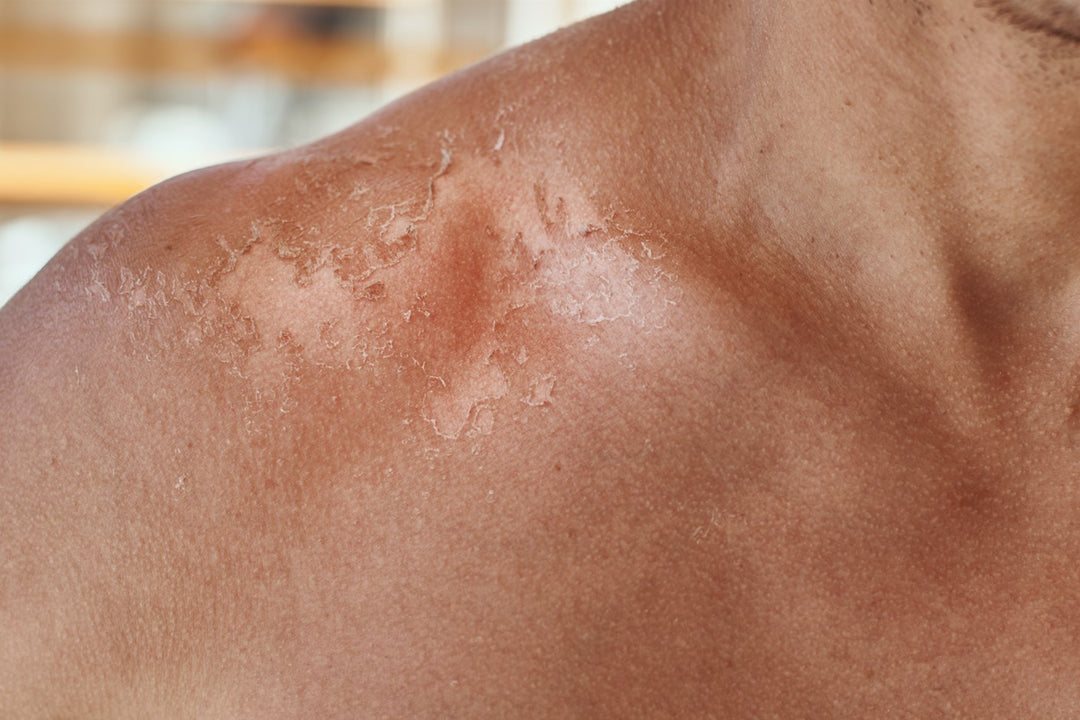When it comes to sun protection, acronyms like UV, UPF, and SPF can be confusing. However, understanding their differences is crucial in safeguarding our skin from the harmful effects of the sun. In this blog post, we'll clarify the distinctions between these acronyms and shed light on other relevant terms to help you make informed choices when it comes to protecting your skin.
UV, UPF, and SPF - Unraveling the Acronyms
-
UV (Ultraviolet): UV is short for ultraviolet, which is a type of radiation emitted by the sun. There are three main types of UV radiation: UVA, UVB, and UVC. UVA and UVB rays are the ones that reach the Earth's surface, and they can cause skin damage, sunburn, premature aging, and an increased risk of skin cancer. UVC is mostly absorbed by the Earth's atmosphere and does not reach the surface.
-
UPF (Ultraviolet Protection Factor): UPF is used to measure the sun protection level in clothing and fabrics. It indicates how effectively a fabric blocks UV rays from penetrating through to the skin. The higher the UPF rating, the greater the sun protection provided. For example, clothing with a UPF50+ rating blocks at least 98% of harmful UV rays, providing excellent sun protection.
-
SPF (Sun Protection Factor): SPF is commonly associated with sunscreen products. It measures how well a sunscreen protects the skin from UVB rays, which cause sunburn. The SPF number indicates the amount of time it extends the skin's natural protection against UVB rays. For instance, an SPF30 sunscreen would provide approximately 30 times the skin's natural protection, but it does not protect against UVA rays.
Sun Protection Beyond UV, UPF, and SPF
In addition to UV, UPF, and SPF, there are other essential terms related to sun protection:
-
Broad-Spectrum: When a sunscreen or fabric is labeled as "broad-spectrum," it means it offers protection against both UVA and UVB rays. This comprehensive protection helps shield the skin from various sun-induced damages.
-
Dermatologist-Recommended: Look for products that are recommended by dermatologists. These are formulated to be safe and effective in providing sun protection while considering different skin types and sensitivities.
-
Physical vs. Chemical Sunscreens: Sunscreens can be categorized as physical (mineral) or chemical. Physical sunscreens contain ingredients like zinc oxide and titanium dioxide, forming a protective barrier on the skin's surface. Chemical sunscreens, on the other hand, work by absorbing UV rays and converting them into heat, which is then released from the skin.
Making Informed Sun Protection Choices
Understanding these acronyms and terms empowers you to make informed choices about sun protection.
To ensure comprehensive protection, use a combination of sun-safe practices, such as seeking shade, wearing sun-protective clothing with high UPF ratings, and applying broad-spectrum sunscreen regularly.
At UVX Clothing, we are committed to providing premium UPF+ clothing and accessories that offer both style and superior sun protection. By embracing the knowledge of UV, UPF, SPF, and related terms, you can confidently enjoy the outdoors while safeguarding your skin's health. Remember, proactive sun protection is key to a sun-smart and sun-safe lifestyle.







Leave a comment